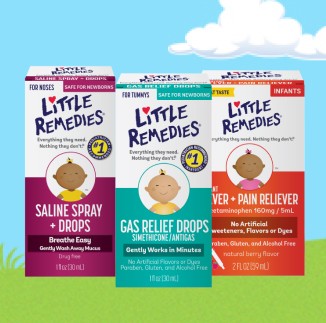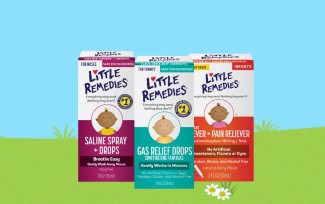


A Little More Wisdom
Although it can look rather icky, cradle cap is a common newborn skin condition that doesn’t cause your baby discomfort. There are things you can do to ease symptoms, but it will resolve on its own – just be patient.
Your baby’s soft and flawless skin is simply swoon-worthy. Even though my boys are older now, I still marvel at their beautiful faces. Their skin simply glows!
But it doesn’t always start out like that. Babies–especially newborns–don’t always have plump, picture-perfect skin. Common newborn skin conditions are something you’ve probably heard about, but the first time you notice yellow, scaly skin on your baby’s adorable scalp, your mommy brain will most likely panic.
The truth is, cradle cap is a very common skin condition, and although it looks bad, it’s not. If this is your first baby and the first time you’re seeing cradle cap, here are some helpful tips that will ease your worried mind:
-
Cradle cap doesn’t cause babies discomfort, despite how it looks
-
Cradle cap is caused by overproduction of oil glands on your baby’s scalp
-
Cradle cap is not contagious
-
Cradle cap is not an indication of poor hygiene
-
Cradle cap resolves on its own within a few weeks or months
In other words, you haven’t done anything to cause it and your baby will be just fine. Whew!
Cradle cap usually occurs during baby’s first few weeks of life. Sometimes redness is the first sign of it, followed by dry flakey skin–similar to dandruff–or it can become crusty, yellowish scales or scaly patches. There is no cure or treatment to make it stop or “get rid of it,” but there are things you can do to ease the symptoms of cradle cap while it runs its course.
While your instincts may tell you to wash or brush baby’s hair less, the opposite is true. Washing and brushing more often can help loosen and remove the scales. When bathing, make sure you use an infant shampoo and gently brush the scales off with a soft-bristle brush. You can also massage and brush your baby’s scalp while its dry.
Remember, over-washing can increase oil production, so shampooing every 2-3 days is a good routine. Also, don’t get overly aggressive when massaging or brushing. A gentle touch works best and ensures you don’t inflame problem areas.
Medicated shampoos are available, but only if prescribed by your pediatrician. These shampoos contain sulfur and salicylic acid, so they may loosen the scales more quickly, but they can irritate sensitive skin.
If you prefer a natural route, use can use things like coconut oil, almond oil, or organic olive oil. You can rub a few drops on the scalp, which can help to ease the dryness and roughness of the scales. If you do use oils or an ointment, you should still wash and gently brush baby’s scalp, because that’s the best way to keep the scales from building up.
Since cradle cap causes excess dryness, adding a cool mist humidifier in the nursery can help add more humidity in the air. Some parents find that switching to all natural shampoos and moisturizers are helpful.
How did you defeat cradle cap? If you have tips to share with other moms, let us know in the comments section on Facebook!







